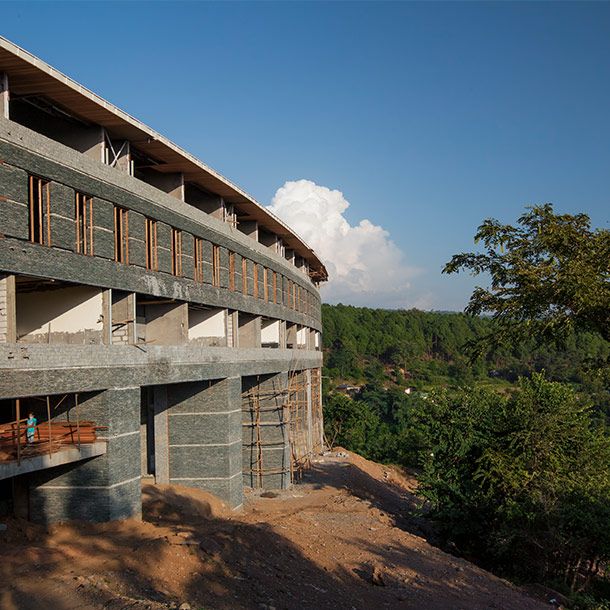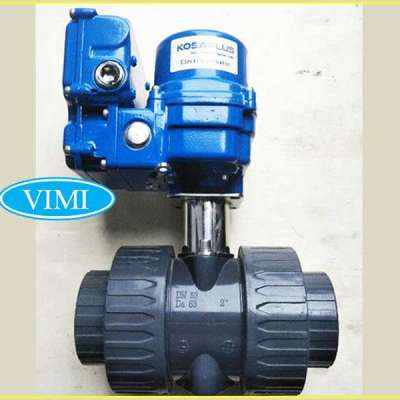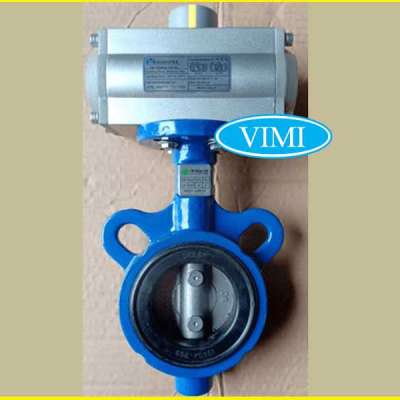Emergence and Improvisation
Many have questioned the notion of culture in its traditional connotations through buildings -- how they should be constructed and how they would respond to users in a familiar context. Architectural homogenization is gradually stripping buildings of their contextual vocabulary, resulting in buildings that fade away with time and are ignorant of their environments.
So how does one create change? Through the mind-set of a designer, how do we redefine luxury and portray local craftsmanship as appealing? Can the future be defined by low-tech instead of high-tech interventions? Can we do more with less? The answer to these questions lies in celebrating the context of the place
The idea of a revolutionary model is where an architect engages with all the stakeholders, right from the client to the artisans, in a thorough, collaborative process till an outcome emerges, which is responsive to factors such as environmental and socio-cultural context. The design will forever be a process of interpretation and re-interpretation, and so, the cycle continues until one finds the optimal reach and knows where to stop. This process is predicated on Studio lotus the client's vision, identifying indigenous crafts forms, and then merging the two to develop a framework.
One of our first experiments with emergence was designing the flagship store for leading Indian fashion designer Rajesh Pratap Singh in New Delhi. We worked with highly skilled local welders to develop intricate, lace-like surfaces comprising scissors laid into motifs in box-section frames, enclosing the walls and ceilings to celebrate the delicate craft of tailoring.
One of our first experiments with emergence was designing the flagship store for leading Indian fashion designer Rajesh Pratap Singh in New Delhi. We worked with highly skilled local welders to develop intricate, lace-like surfaces comprising scissors laid into motifs in box-section frames, enclosing the walls and ceilings to celebrate the delicate craft of tailoring.
While designing RAAS Kangra, a hospitality property in Himachal Pradesh, our primary objective was to deploy the idea of rhythm to evoke a sense of peace and calm as befits Dharamshala, popularly known to be the epicentre of meditation. Since the property sits on a mountain ridge in the ecologically sensitive Dhauladhar range of the Himalayas, we procured waste stone from a nearby quarry, often used by locals to construct dwellings, to create a rhythmic, vernacular expression for the building. Slate being an inert and environmentally sound material, the stone facade blends in with the surroundings, is sensitive to nature and is respectful of the architectural language of the region.
We have a pressing need for designers to look inwards, integrate traditional craft forms, and collaborate with local communities to devise solutions relevant to a project's physical and ecological context. It would perhaps, also offer a chance to revive and contemporize the unique nature of handcraft and celebrate indigenous methods of building in an age where factory-made technology-driven solutions have almost entirely eclipsed it.
Reference Link - https://studiolotus.in/whitepa....pers/emergence-and-i
Like
Comment
Share
















